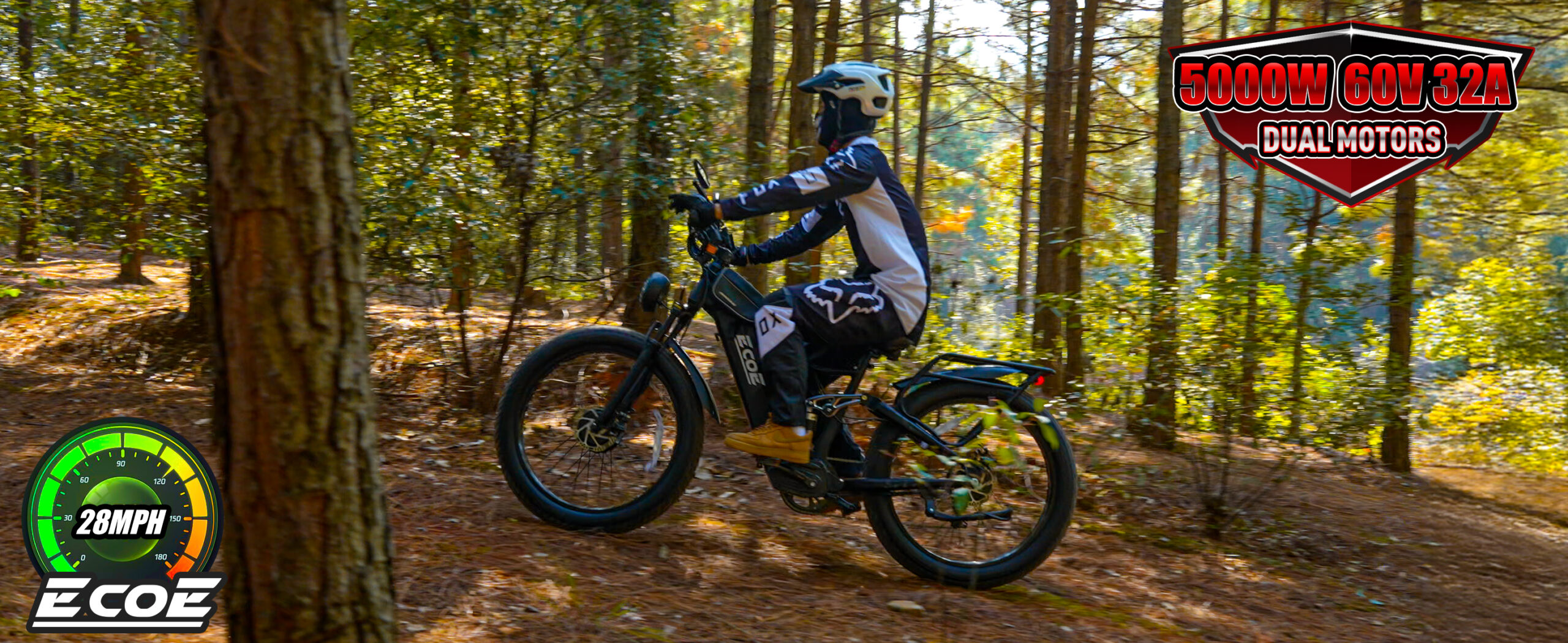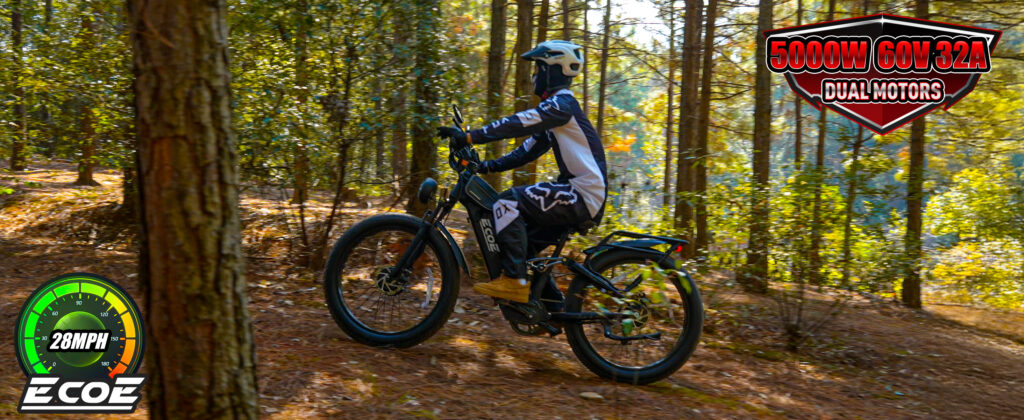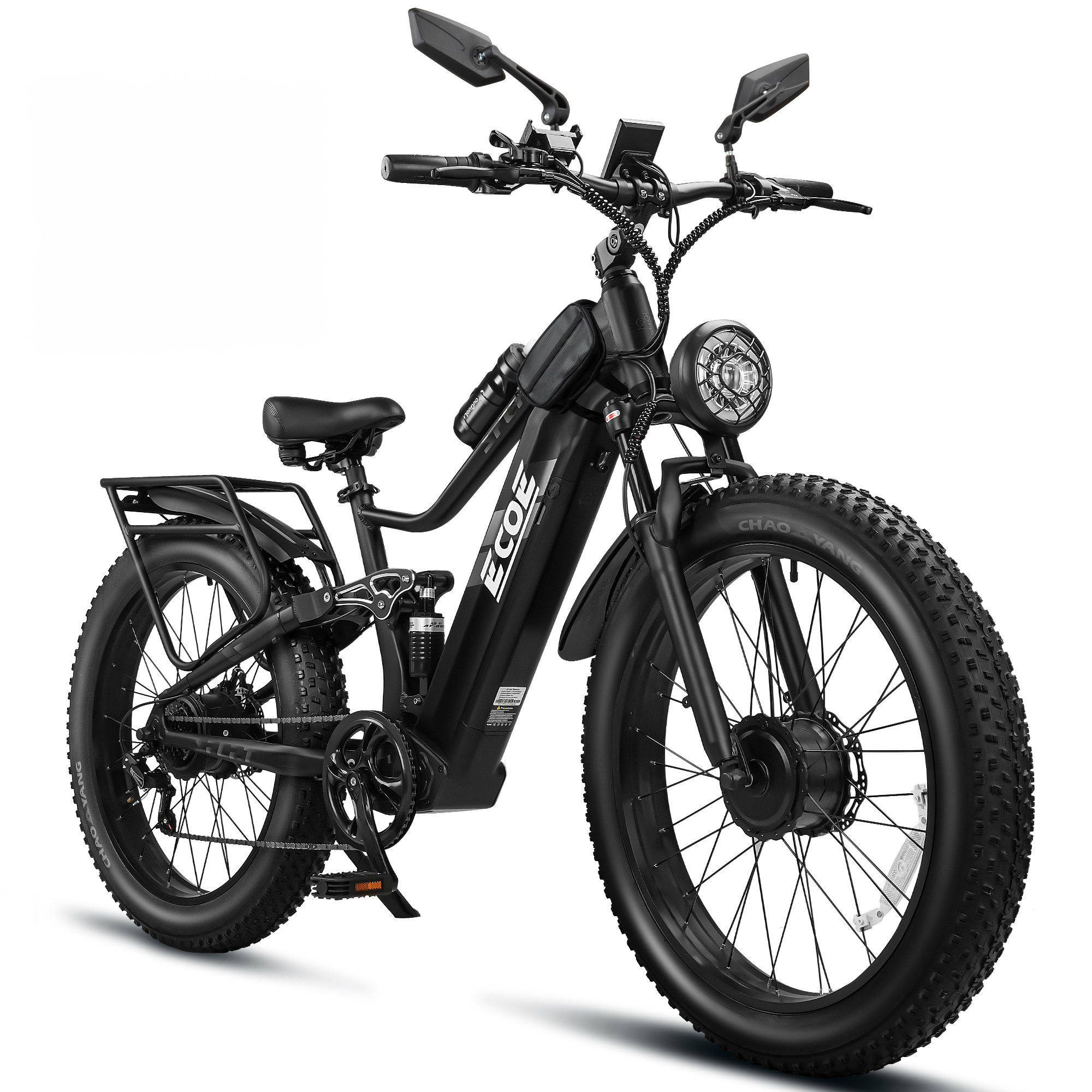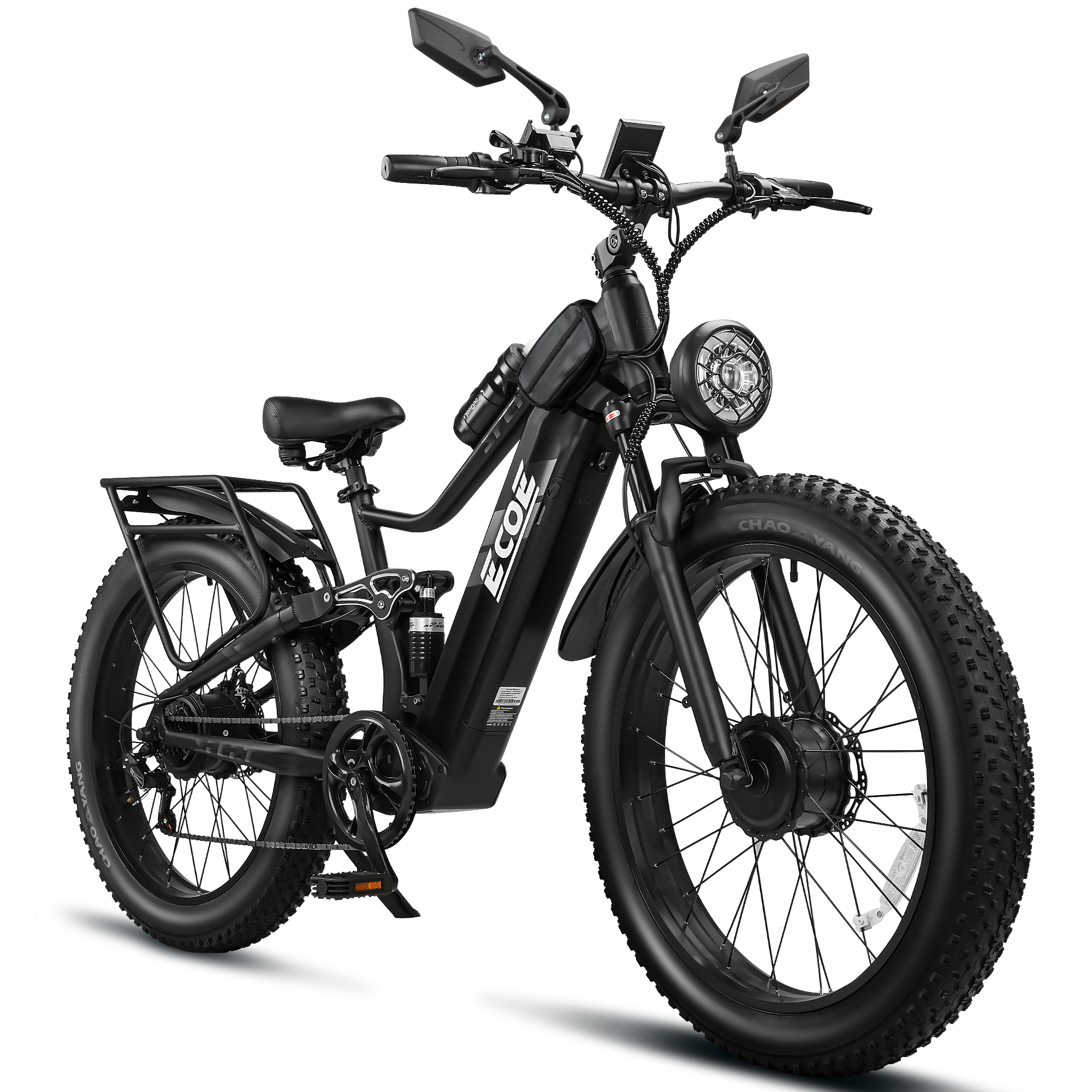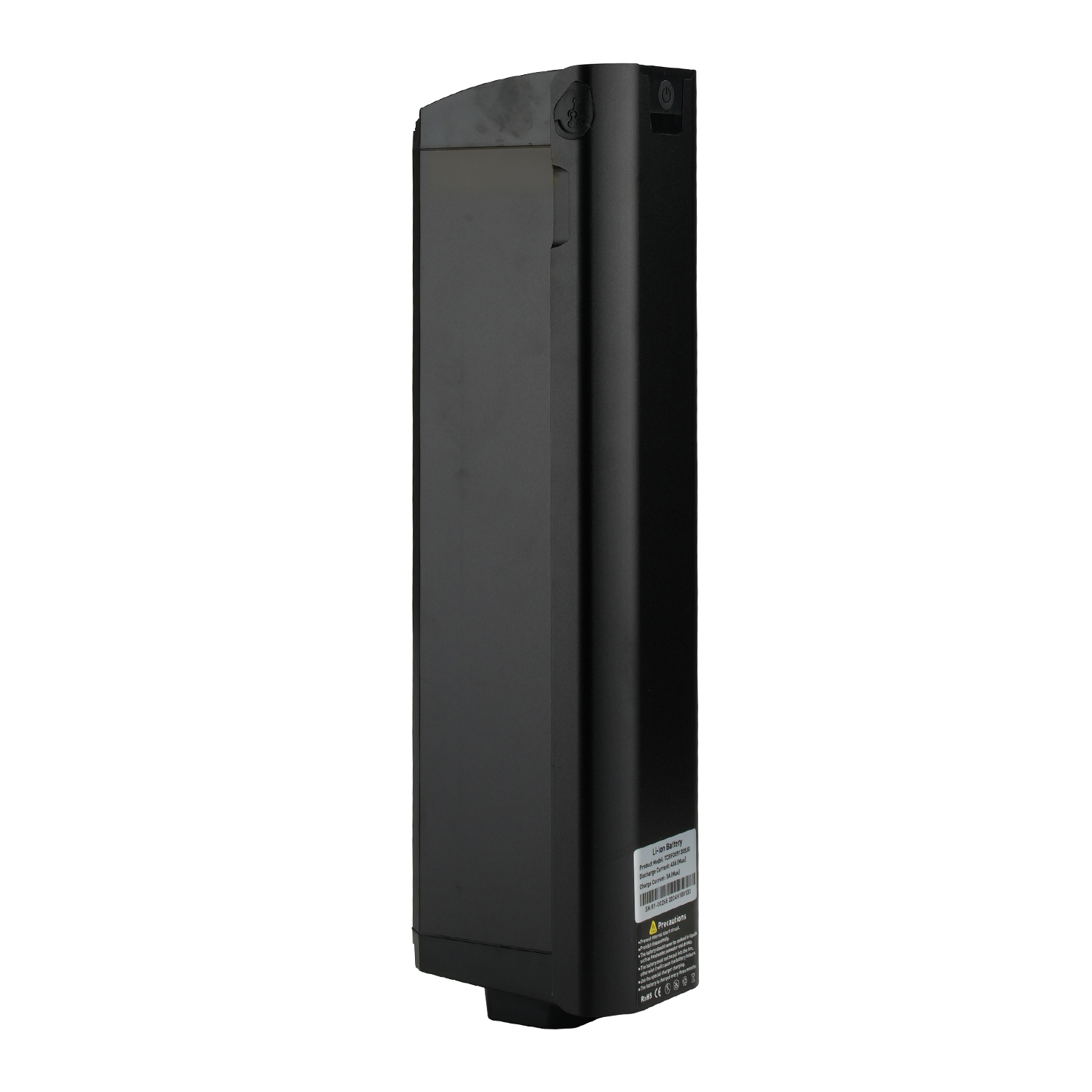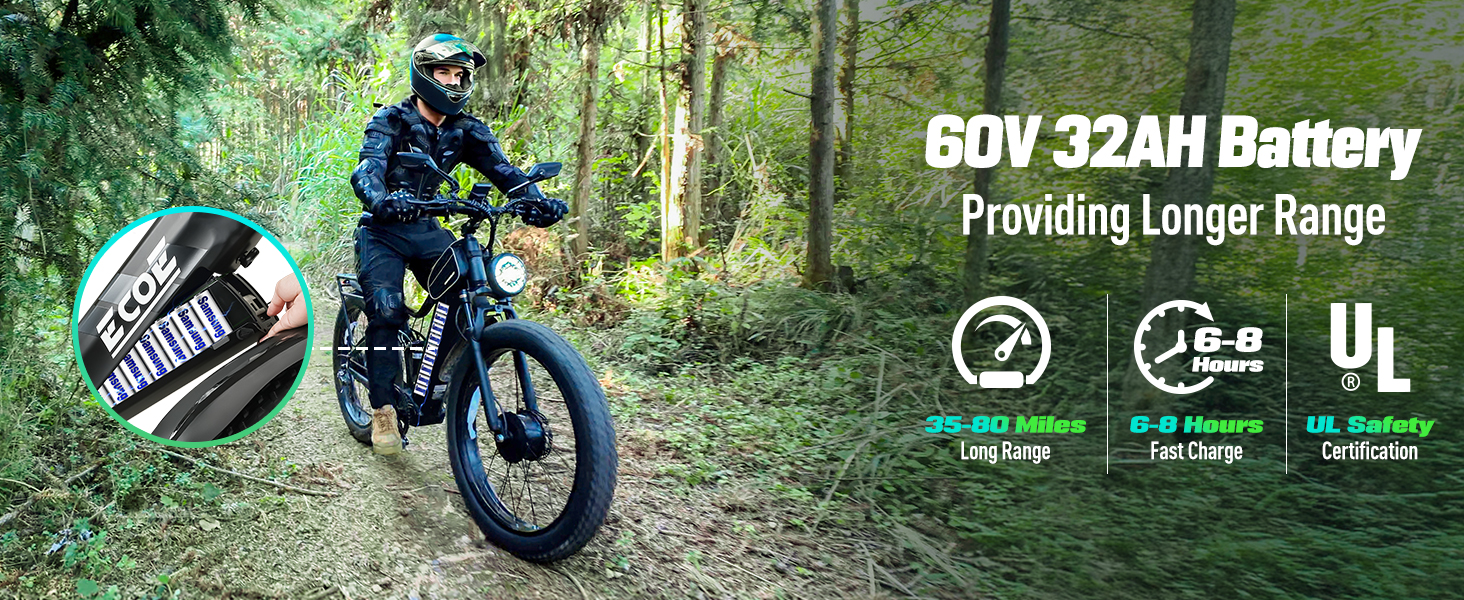
Apr 14, 2025
|
0 comments
Do Electric Bikes Have a Speed Limit? Understanding the Legal and Performance Boundaries
Electric bikes have become a popular mode of transportation, offering a faster, eco-friendly alternative to traditional cycling. But just like any vehicle, there are speed limits that govern how fast they can go. In this article, we explore the factors that affect the top speed of electric bikes, the legal speed limits in different regions, and how to ensure your e-bike complies with the rules while still delivering an exhilarating ride. One of the first things to understand about electric bikes is that, yes, they do have speed limits, especially when it comes to street use. The rules vary by country, state, and even city, so it’s essential to know the local laws before heading out. In the United States, electric bikes are generally classified into three categories, each with its own speed limit: These limits ensure that e-bikes remain safe for public use while not exceeding speeds that could cause danger to the rider or pedestrians. Of course, local laws can vary, so always check your area’s regulations before purchasing or riding an e-bike. In other parts of the world, speed limits for electric bikes are often similar but can differ based on each country’s transportation laws. While these limits are set to ensure safety, many e-bike enthusiasts wonder: What happens if you want to go faster? Can you modify your bike to exceed these limits? The short answer is yes, it is possible to modify an electric bike to increase its speed. However, doing so may violate local laws. Many e-bike owners opt for motor controller adjustments or battery upgrades to increase the power of their bikes. While these modifications can enhance performance, they often push the bike’s speed beyond legal limits. In some regions, modified bikes that exceed the legal limits could face fines or be deemed […]
Read more
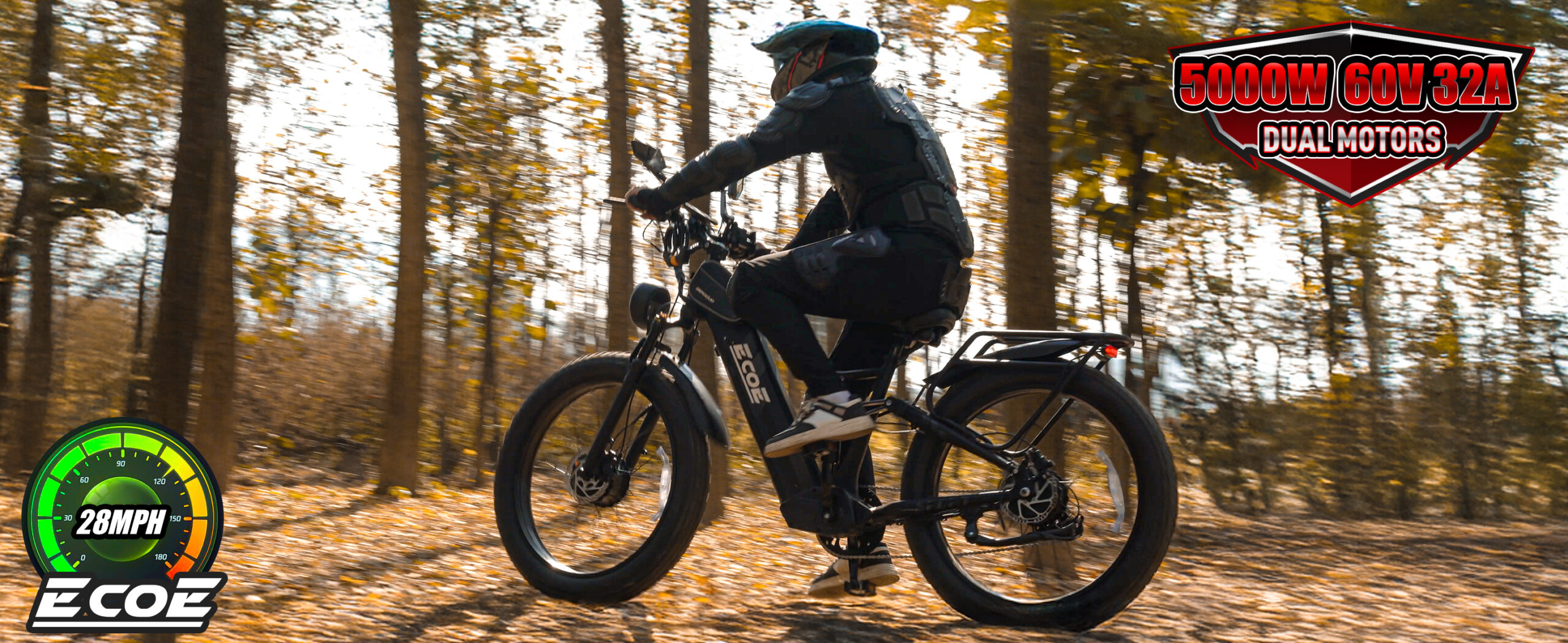
Apr 14, 2025
|
0 comments
Development History of Maximum Speeds for Electric Bicycles (Late 19th Century – 1950s)
The EcoE 5000W electric bike Powerful Motor: EcoE is equipped with a 60V 5000W high-speed brushless motor. Due to different loads and road conditions, the electric bike drive system provides adjustable assistance, allowing you to stay healthy, relax, and exercise.Accessories: This electric bike accessory set includes a rearview mirror, water bottle holder and bottle, a sturdy phone mount, and a waterproof phone pouch. The reinforced cargo rack allows you to easily carry extra items needed for your ride. Additionally, if you need more accessories, you can purchase a detachable storage rack, passenger safety seat, trailer, and more.60V 32AH Battery: The bike is equipped with a high-capacity, removable 32AH battery, providing longer range per charge and over 1000 charge cycles. With pedal assist, the fat tire e-bike can travel 35-80 miles, depending on riding mode, load, and terrain. You can also purchase a spare battery for extended trips.Comfort and Versatility: This fat tire electric bike comes with dual front suspension and rear shocks to reduce impact and strain during rides. Its 26-inch wheels, 4-inch tires, and SHIM 7-speed system offer excellent grip across diverse terrains. Front and rear disc brakes ensure safe, responsive stopping, whether on mountain trails or city streets. – 1. Technological Germinal Period (1890s-1910s) 2. Technological Improvement Period (1920s-1930s) 3. War and Stagnation Period (1940s) 4. Post-War Recovery Period (1950s) Key Milestones Table Year Technological Breakthrough Max Speed (km/h) Key Players Notes 1895 First hub motor patent Unspecified Ogden Bolton (US) Rear-wheel drive, no gears 1897 Dual-motor design 25-30 Hosea W. Libbey (US) Increased power, low efficiency 1910 Commercial mid-hub motor 25 Heinzmann (Germany) Lead-acid batteries, 40 km range 1920 Generator-assisted system 35 French Moulton Fuel-dependent 1930 Dual-chain transmission 40 Yamaha (Japan) Pedal-motor synergy 1940 Wartime prototypes 45 Unspecified Uncommercialized 1950 Lightweight motors & sealed batteries 50 Yamaha (Japan) First modern-like e-bike
Read more
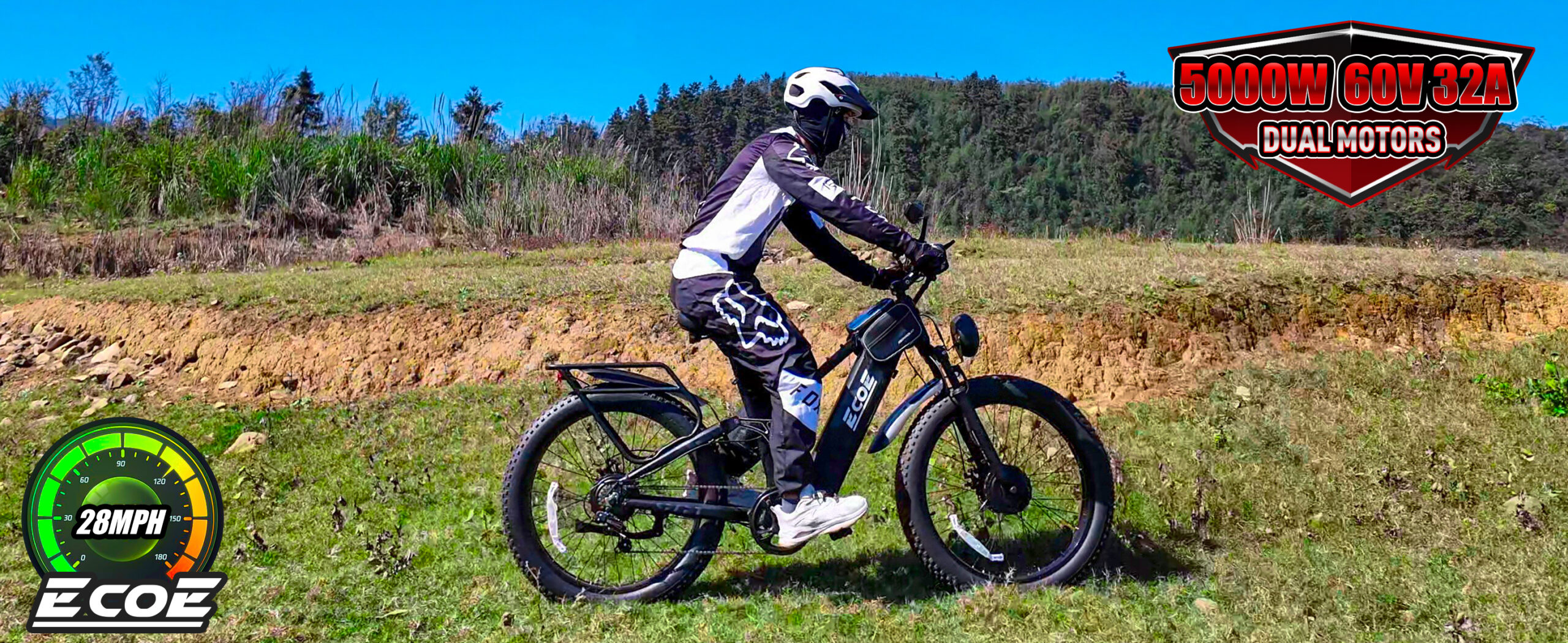
Apr 14, 2025
|
0 comments
Development History of Maximum Speed in Electric Bikes
The EcoE 5000W electric bike Powerful Motor: EcoE is equipped with a 60V 5000W high-speed brushless motor. Due to different loads and road conditions, the electric bike drive system provides adjustable assistance, allowing you to stay healthy, relax, and exercise.Accessories: This electric bike accessory set includes a rearview mirror, water bottle holder and bottle, a sturdy phone mount, and a waterproof phone pouch. The reinforced cargo rack allows you to easily carry extra items needed for your ride. Additionally, if you need more accessories, you can purchase a detachable storage rack, passenger safety seat, trailer, and more.60V 32AH Battery: The bike is equipped with a high-capacity, removable 32AH battery, providing longer range per charge and over 1000 charge cycles. With pedal assist, the fat tire e-bike can travel 35-80 miles, depending on riding mode, load, and terrain. You can also purchase a spare battery for extended trips.Comfort and Versatility: This fat tire electric bike comes with dual front suspension and rear shocks to reduce impact and strain during rides. Its 26-inch wheels, 4-inch tires, and SHIM 7-speed system offer excellent grip across diverse terrains. Front and rear disc brakes ensure safe, responsive stopping, whether on mountain trails or city streets. – 1. Technical Context The maximum speed of electric bikes is influenced by motor power, battery technology, regulatory limits, and safety design. Early models prioritized commuting with low speeds; as technology advanced and market demands evolved, high-speed electric bikes and motorcycles emerged, with regulations defining speed classes (e.g., EU EPAC, US Class systems). 2. Evolution Stages and Key Events Timeframe Technical/Regulatory Background Representative Models/Events Maximum Speed Regulatory and Application Impact Late 19th–1950s Early electric bike prototypes, lead-acid batteries + DC motors First electric bike invented in the US (1895); 1930s UK Raleigh electric bike 10–20 km/h Limited to short-distance use, no speed regulations 1960s–1990s […]
Read more

Apr 13, 2025
|
0 comments
How fast do electric bikes go without pedaling
If you’ve ever wondered how fast electric bikes can go without pedaling, you’re not alone. For many, the thought of cruising around on an e-bike with just a throttle sounds like the dream. But the real question is—how fast can these bikes actually go without needing to pedal? We dug into the details, tested various models, and explored the facts behind throttle-only riding. Here’s everything you need to know. First, let’s break down what it means to ride an electric bike without pedaling. Throttle-only mode, typically found on Class 2 e-bikes, allows you to control the bike’s speed by simply pressing the throttle, just like you would with a scooter or motorcycle. In Class 2 e-bikes, you can go up to 20 mph without pedaling. This is the limit in many places, especially in cities that have specific regulations for e-bikes. While the bike will still have pedal-assist capabilities, you don’t need to pedal to move. Just twist or press the throttle, and away you go. We decided to put this theory to the test by riding different bikes with throttle-only systems, including some powerful models like the Ecoe Electric Bike 5000W. From our testing, most electric bikes with throttle-only functionality top out around 20 mph, as mentioned earlier. However, faster models, like the Ecoe Electric Bike, can offer speeds closer to 28 mph or higher, even in throttle-only mode. This particular e-bike is a beast with its 5000W motor, capable of handling higher speeds thanks to its dual-motor system. On smooth roads, we managed to easily reach 25-28 mph without pedaling. But keep in mind, such high speeds usually require good road conditions and a fully charged battery. We were surprised to find how smooth the ride felt. No pedaling, no effort—just the wind in our faces as the […]
Read more
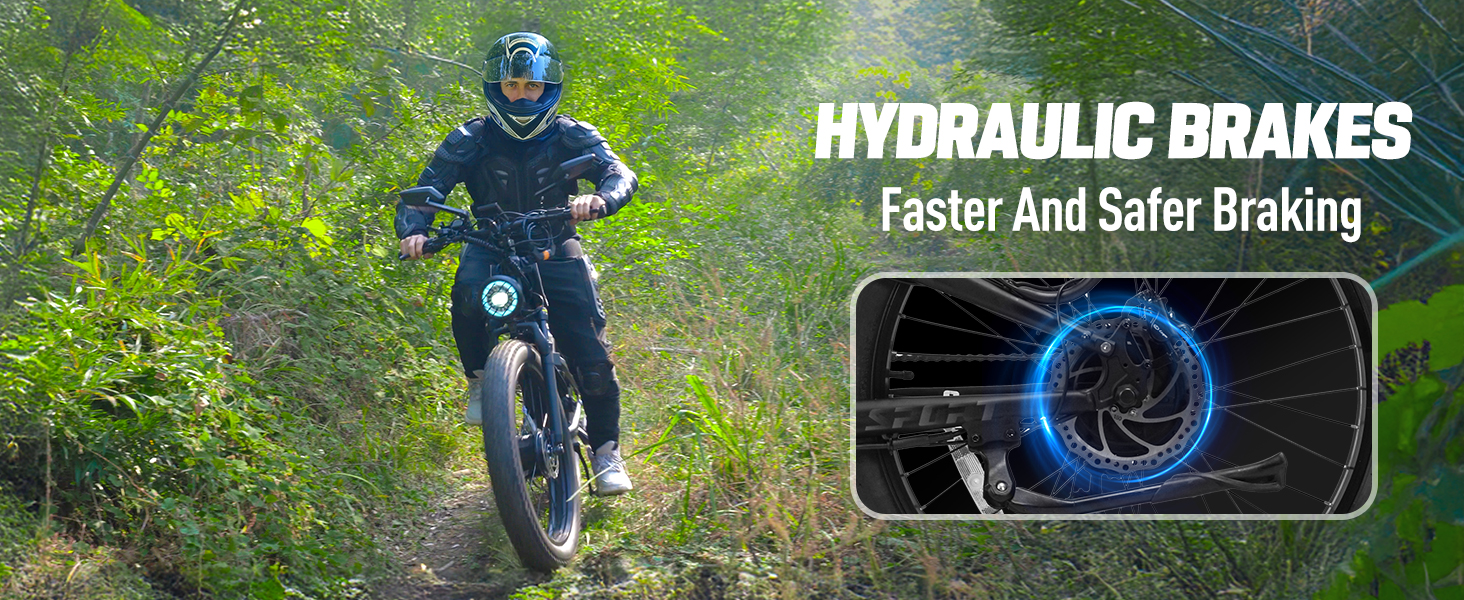
Apr 13, 2025
|
0 comments
Technical Development History of Dynamic Mapping and End-to-End Models in E-Bike Autonomy
The EcoE 5000W electric bike Powerful Motor: EcoE is equipped with a 60V 5000W high-speed brushless motor. Due to different loads and road conditions, the electric bike drive system provides adjustable assistance, allowing you to stay healthy, relax, and exercise.Accessories: This electric bike accessory set includes a rearview mirror, water bottle holder and bottle, a sturdy phone mount, and a waterproof phone pouch. The reinforced cargo rack allows you to easily carry extra items needed for your ride. Additionally, if you need more accessories, you can purchase a detachable storage rack, passenger safety seat, trailer, and more.60V 32AH Battery: The bike is equipped with a high-capacity, removable 32AH battery, providing longer range per charge and over 1000 charge cycles. With pedal assist, the fat tire e-bike can travel 35-80 miles, depending on riding mode, load, and terrain. You can also purchase a spare battery for extended trips.Comfort and Versatility: This fat tire electric bike comes with dual front suspension and rear shocks to reduce impact and strain during rides. Its 26-inch wheels, 4-inch tires, and SHIM 7-speed system offer excellent grip across diverse terrains. Front and rear disc brakes ensure safe, responsive stopping, whether on mountain trails or city streets. – 1. Technical Background 2. Evolution Stages Timeframe Key Technologies Notable Achievements/Events Use Cases Challenges 2020-2022 Dynamic map frameworks + early E2E integration – Tesla’s “Occupancy Network”– Mobileye Roadbook dynamic maps released Real-time path planning in highways Poor data timeliness, weak model generalization 2023 Multimodal fusion + lightweight models – NVIDIA DRIVE Sim for virtual dynamic map training– Horizon Journey 6 chip for E2E inference Complex urban pedestrian/vehicle prediction High computational demands, edge case handling 2024-Present Predictive dynamic maps + RL optimization – Waymo open-sources PAVE E2E driving model– Meituan’s delivery robots use dynamic maps + RL Real-time scheduling for shared e-bikes Ethical issues […]
Read more
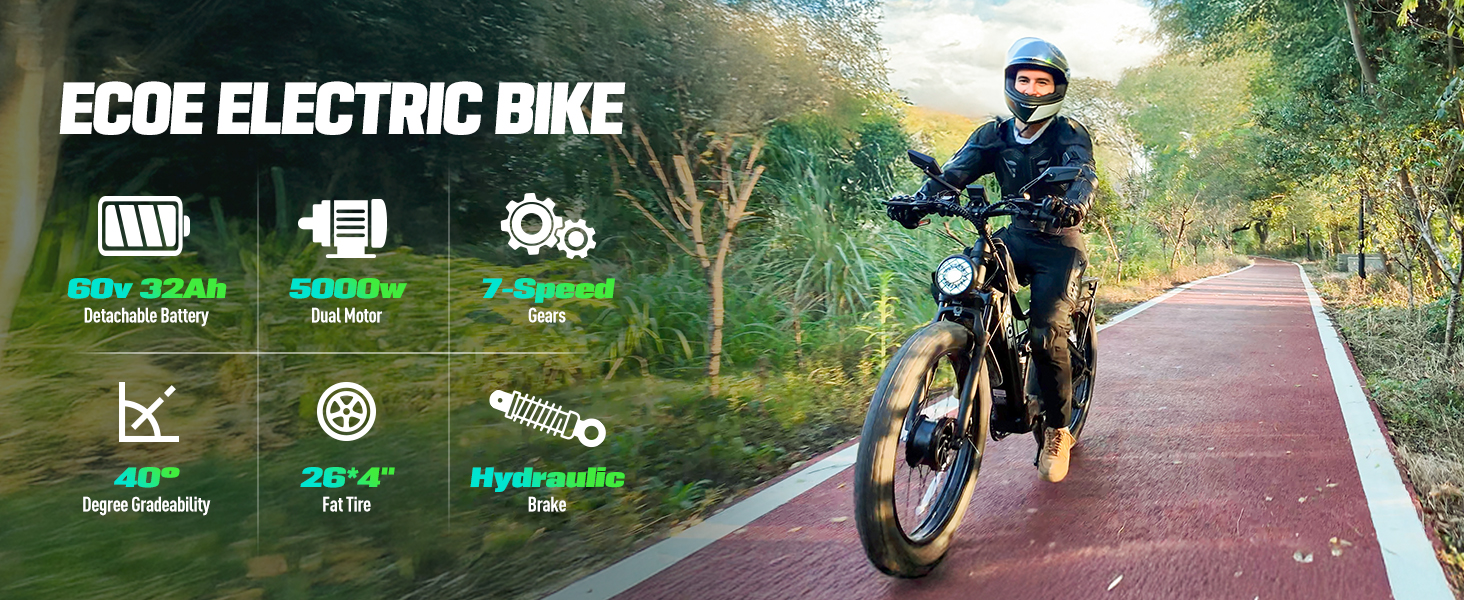
Apr 13, 2025
|
0 comments
Do electric bikes go without pedaling?
When we first started riding e-bikes, we had one burning question: Do electric bikes work without pedaling? It seemed like such a simple thing. But the more we rode, and the more models we tested, the less simple it became. Some bikes zoomed ahead with just a thumb push, others refused to budge unless we pedaled. We quickly learned: not all e-bikes are created equal—and knowing what you’re getting into makes all the difference. So we dug in. Tested, compared, even argued over lunch. This is what we found—no jargon, just the real deal for anyone wondering if they can cruise without ever turning a crank. We’ll never forget the first time one of us hopped on a rental e-bike, twisted what looked like a throttle… and nothing happened. “Is this broken? Or do I have to… pedal?” Turns out, yes. That one was a pedal-assist only bike—what the industry calls Class 1. Basically, it won’t go anywhere unless you start pedaling, and then the motor kicks in to give you a boost. It feels great—like you’re suddenly superhuman—but if you were hoping for scooter-style cruising, it’s not gonna happen. That’s when we learned the basic types: So yes—some e-bikes go without pedaling. But you have to make sure you’re buying the right type. Once we got our hands on a Class 2 throttle e-bike, everything changed. One guy in our group called it his “lazy day bike.” You just press the thumb throttle and… off you go. No effort. Just motion. Riding like that through a quiet neighborhood or up a steep hill feels oddly satisfying. Like you’re cheating the system—but legally. One rider from Florida told us: “I’m 62 and haven’t pedaled in six months. My throttle takes me everywhere—from the store to the beach. It’s freedom.” But […]
Read more
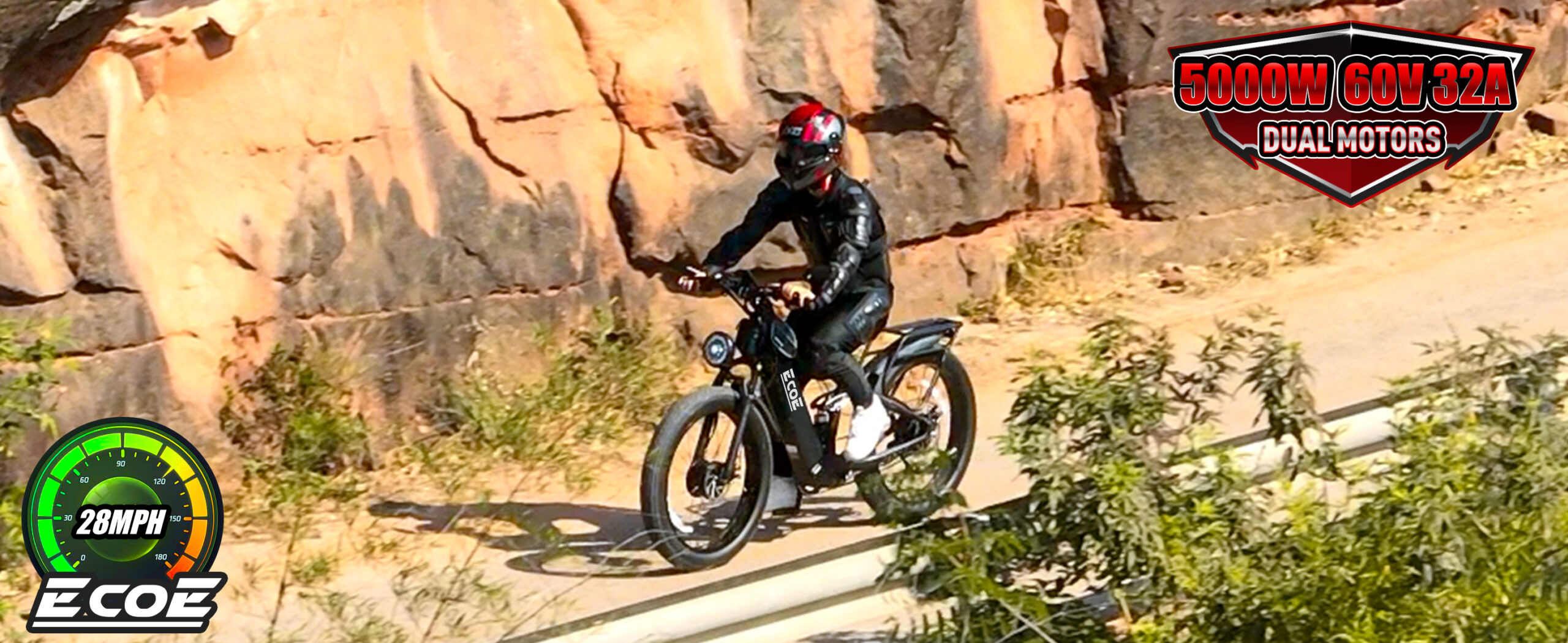
Apr 13, 2025
|
0 comments
Technical Development History of Crowdsourced Data and AI Compression in High-Definition Maps for Electric Bicycle Autopilot
The EcoE 5000W electric bike Powerful Motor: EcoE is equipped with a 60V 5000W high-speed brushless motor. Due to different loads and road conditions, the electric bike drive system provides adjustable assistance, allowing you to stay healthy, relax, and exercise.Accessories: This electric bike accessory set includes a rearview mirror, water bottle holder and bottle, a sturdy phone mount, and a waterproof phone pouch. The reinforced cargo rack allows you to easily carry extra items needed for your ride. Additionally, if you need more accessories, you can purchase a detachable storage rack, passenger safety seat, trailer, and more.60V 32AH Battery: The bike is equipped with a high-capacity, removable 32AH battery, providing longer range per charge and over 1000 charge cycles. With pedal assist, the fat tire e-bike can travel 35-80 miles, depending on riding mode, load, and terrain. You can also purchase a spare battery for extended trips.Comfort and Versatility: This fat tire electric bike comes with dual front suspension and rear shocks to reduce impact and strain during rides. Its 26-inch wheels, 4-inch tires, and SHIM 7-speed system offer excellent grip across diverse terrains. Front and rear disc brakes ensure safe, responsive stopping, whether on mountain trails or city streets. – 1. Technical Background and Core Evolution Crowdsourced data and AI compression technologies are core enablers for lightweight HD maps, evolving through three phases: 2. Key Technical Development Stages Time Period Technology Type Technical Features Application Scenarios Technical Bottlenecks 2010–2015 Crowdsourced Navigation & Basic Compression – Waze (2009) for user-generated traffic data– Traditional raster compression (e.g., JPEG) Google Maps real-time traffic (2012) – Low precision (meter-level)– Lack of HD map elements (e.g., lane lines) 2015–2020 Crowdsourced HD Maps & AI Compression – Mobileye REM (2016) vision crowdsourcing– Vector Tiles for vector map compression (2017) Shanghai Haichang intelligent trucks (2020) – Regulatory restrictions (crowdsourced mapping […]
Read more
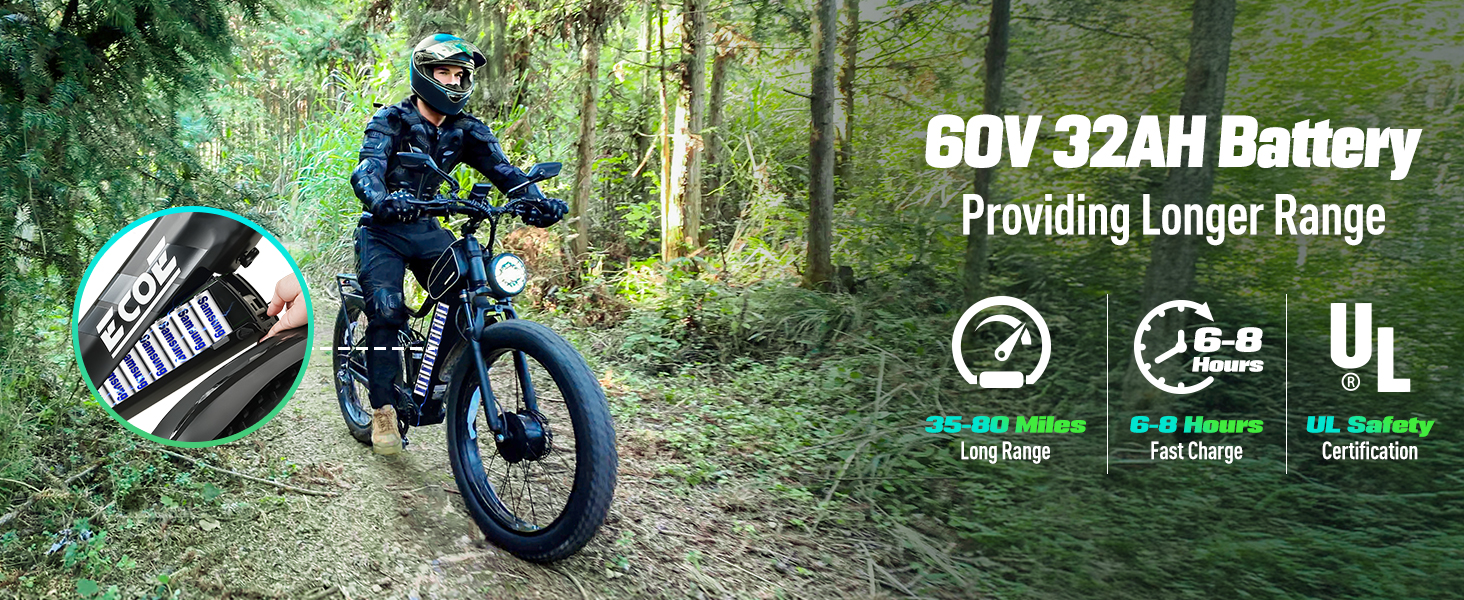
Apr 12, 2025
|
0 comments
Do I Need a License for an Electric Bike? What We Learned the Hard Way
Electric bikes are fun, fast, and—for a while—we thought they were hassle-free. But once our e-bikes started creeping past 25 mph, we kept running into the same question: Do we actually need a license for this thing? We didn’t want to get pulled over one morning and fumble around trying to explain what class our bike is. So, we did what anyone would do: asked other riders, checked real-world cases, read state laws (yes, painfully), and compared our experiences. Here’s what we found out—no fluff, just what matters if you’re actually out there riding. At first, most of us figured electric bikes were just, well… bikes. No one asked if we had a license for our beach cruisers or mountain bikes. So why would it be different now, just because there’s a motor involved? But when one of our crew hit 30 mph on a throttle-only ride through an urban area, a bystander shouted, “You need a license for that, man!” It stuck with us. And it made us realize—we didn’t really know the rules. What counts as a bike, what counts as a moped, and where’s the legal line? In the U.S., most electric bikes do not require a license—as long as they fall under certain classifications. Here’s the basic breakdown: Once your bike goes faster than 28 mph, or has a motor over 750W, that’s when it starts to get tricky. States like New York, California, and Texas have different rules for “high-powered” electric bikes—often classifying them as mopeds or even motorcycles if they exceed those thresholds. And those may require: A rider from Michigan told us: “I ride a 3000W converted e-bike that hits 40. Technically, it’s not legal without tags. But I stick to backroads and trails. So far, no issues—but I know I’m in a […]
Read more
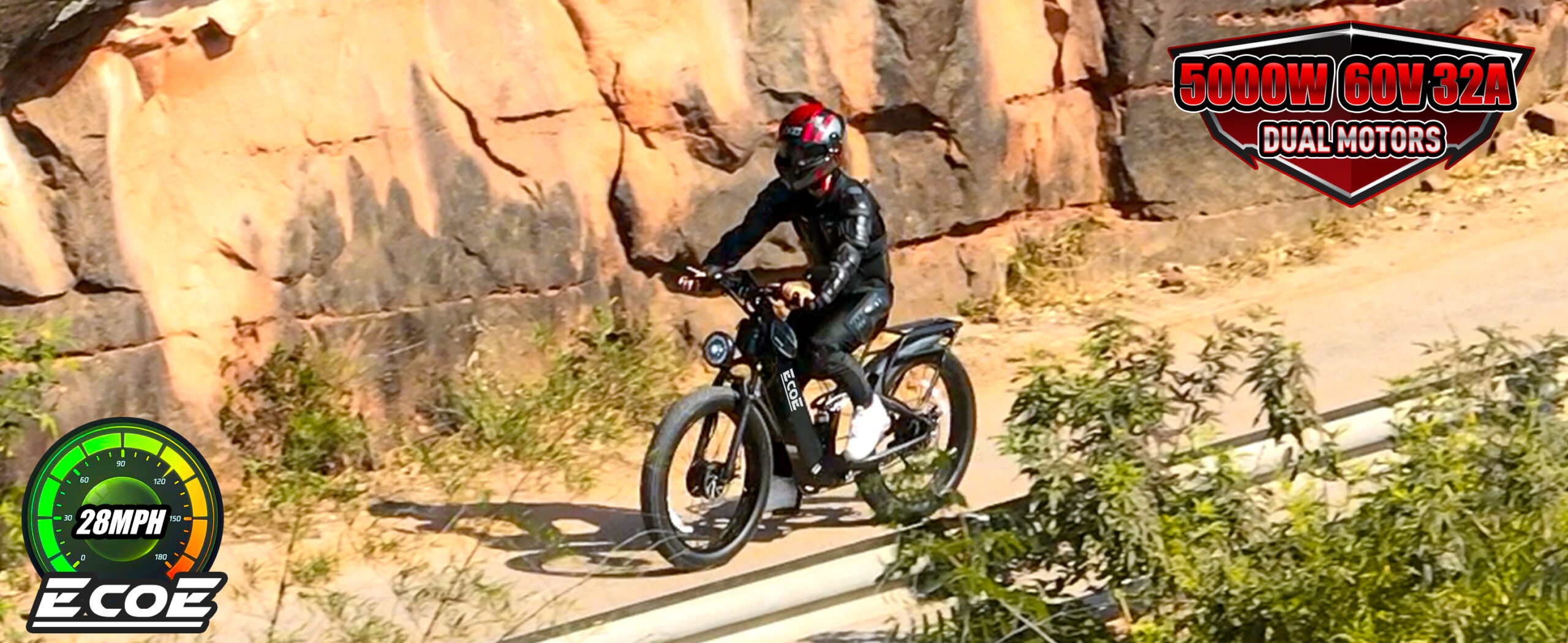
Apr 12, 2025
|
0 comments
What is the Speed Limit on Electric Bikes? The Rules, the Reality, and What We’ve Seen
Speed limits on electric bikes aren’t just numbers—they shape how we ride, where we go, and how free we feel on two wheels. But let’s be honest: most of us didn’t read the rulebook before buying our first e-bike. We just wanted something fast, fun, and not stuck in traffic. Over time though, as our bikes got more powerful (hello, 5000W monsters), we started running into questions. Can I legally go 35 mph down a city street? What if my bike hits 50? Is that… illegal? Unsafe? So we dug in. We asked around. We rode. And here’s what we found. When we first got into e-bikes, we didn’t think about categories or classes. We just saw “electric” and thought “cool.” But the moment we started hitting 30+ mph, people started asking us things like: “Is that thing legal?”“Don’t you need a license for that?”Or our favorite: “That’s basically a motorcycle, right?” Turns out, electric bikes are split into three main classes in the U.S.: Everything above that? You’re in what some call “Class 4,” or unofficially, “You’re on your own, buddy.” So what’s the actual legal speed limit? In most U.S. states, 28 mph is the top legal limit for bikes that can ride in standard bike lanes, without a license or registration. Anything faster technically becomes a motor vehicle, and that comes with extra responsibilities—think insurance, DOT-approved helmets, maybe even turn signals. But here’s where it gets murky:Enforcement is spotty. We’ve ridden in California, Arizona, Oregon, and even upstate New York. In some places, cops don’t bat an eye at a 35-mph e-bike. In others, people get pulled over for going 25 mph on a Class 2. A rider named Brandon from Nevada told us: Another rider from Colorado said his 5000W ride can hit 50 but he […]
Read more
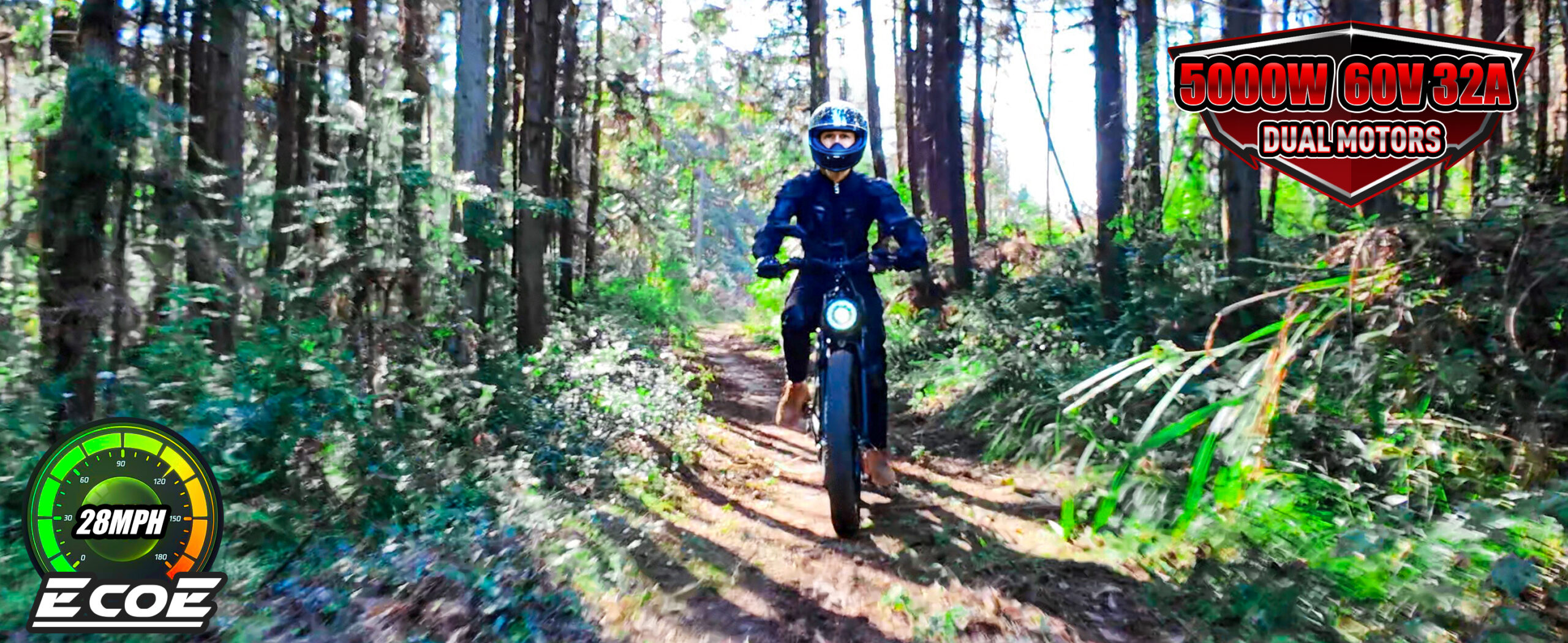
Apr 11, 2025
|
0 comments
Can an eBike Go 50 MPH? We Rode, We Wondered, We Found Out
We’d always thought e-bikes were just cool alternatives to scooters—great for commuting, zipping through parks, maybe hitting 25 or 30 mph if you’re lucky. But then someone online said their electric bike hit 50 mph. Naturally, we had questions. Can an e-bike really go that fast? Is it safe? Legal? And more importantly—what does it feel like? So, we did what any curious riders would: we tested it ourselves. The results? Eye-opening, a little scary, and definitely faster than we imagined. It all started with a Reddit thread titled: “What’s the fastest your e-bike has ever gone?”One guy commented: “Hit 51 mph on a 5000W dual motor beast. No downhill. Pure throttle.”Another replied with a screenshot: GPS tracker showing 53.4 mph. At first, we thought: No way. Maybe they had the wind at their back or were riding off a cliff. But curiosity got the better of us. We gathered our small group, a couple of high-powered bikes (5000W+, full-suspension types), checked tire pressures, tightened helmets, and found a long, open stretch just outside town. Our mission? Find out if 50 mph on an e-bike was a fantasy—or a reachable thrill. We’ll be real with you. The first time we opened the throttle, we didn’t hit 50. It was more like 39… then 42. Still fast, but not quite the mythical mark. Then we switched to another bike—one of those dual-motor setups with a 60V battery and fat tires. It took off like a rocket. We were at 30 mph in seconds, and then 45… then 50. That moment was weirdly emotional. Everything gets loud. The wind, your breathing, even your thoughts.The handlebars vibrate slightly. You’re constantly adjusting your body weight. One tiny bump in the road feels like a potential disaster.And yet—it’s addictive. Someone in our group actually yelled […]
Read more
